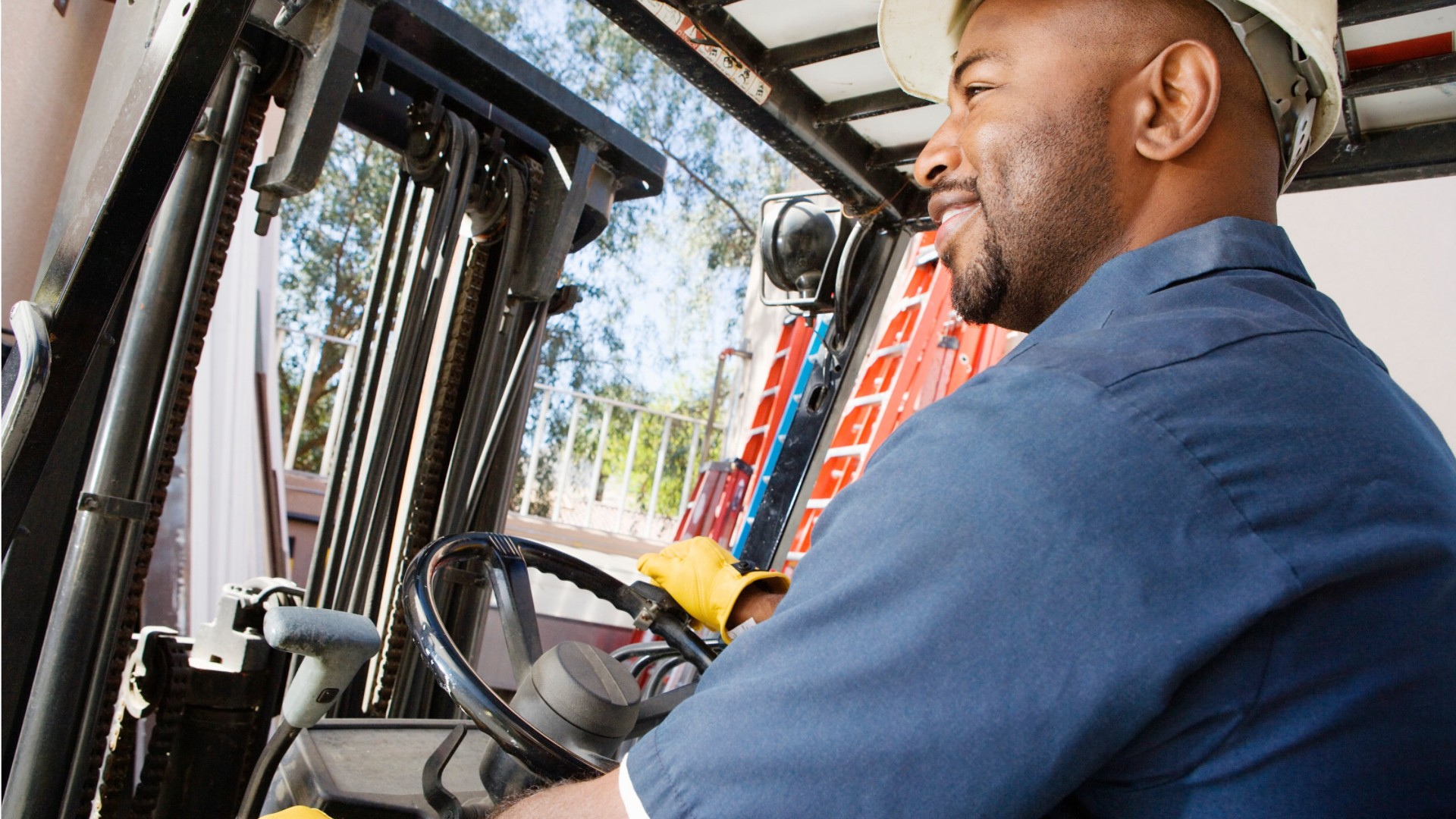Crane & Tower Operators
Crane Operator, Mobile Crane Operator, Overhead Crane Operator, Scrap Crane Operator
What they do:
Operate mechanical boom and cable or tower and cable equipment to lift and move materials, machines, or products in many directions.
On the job, you would:
- Determine load weights and check them against lifting capacities to prevent overload.
- Move levers, depress foot pedals, or turn dials to operate cranes, cherry pickers, electromagnets, or other moving equipment for lifting, moving, or placing loads.
- Inspect and adjust crane mechanisms or lifting accessories to prevent malfunctions or damage.
Knowledge
Engineering and Technology
- mechanical
Math and Science
- arithmetic, algebra, geometry, calculus, or statistics
Skills
Basic Skills
- thinking about the pros and cons of different ways to solve a problem
- keeping track of how well people and/or groups are doing in order to make improvements
Problem Solving
- noticing a problem and figuring out the best way to solve it
Abilities
Controlled Movement
- quickly change the controls of a machine, car, truck or boat
- use your arms and/or legs together while sitting, standing, or lying down
Hand and Finger Use
- keep your arm or hand steady
- hold or move items with your hands
Attention
- pay attention to something without being distracted
- do two or more things at the same time
Vision
- decide which thing is closer or farther away from you or decide how far away it is from you
Personality
People interested in this work like activities that include practical, hands-on problems and solutions.
They do well at jobs that need:
- Cautiousness
- Attention to Detail
- Dependability
- Stress Tolerance
- Integrity
- Self-Control
Technology
You might use software like this on the job:
Spreadsheet software
- Microsoft Excel
Electronic mail software
- Microsoft Outlook
Office suite software
- Microsoft Office software
Education
Education: (rated 3 of 5)
certificate after high school or
high school diploma/GED
usually needed
high school diploma/GED
usually needed
Job Outlook
Average
New job opportunities are likely in the future.
Explore More
- Excavating & Loading Machine & Dragline Operators, Surface Mining
- Hoist & Winch Operators
- Industrial Truck & Tractor Operators
- Mobile Heavy Equipment Mechanics
- Operating Engineers & Other Construction Equipment Operators
You might like a career in one of these industries:
See more details at O*NET OnLine about Crane & Tower Operators.





